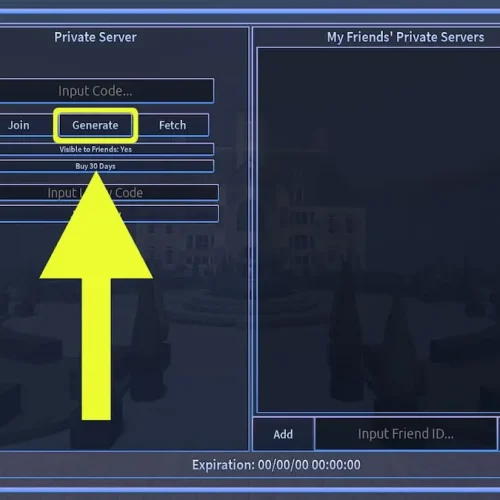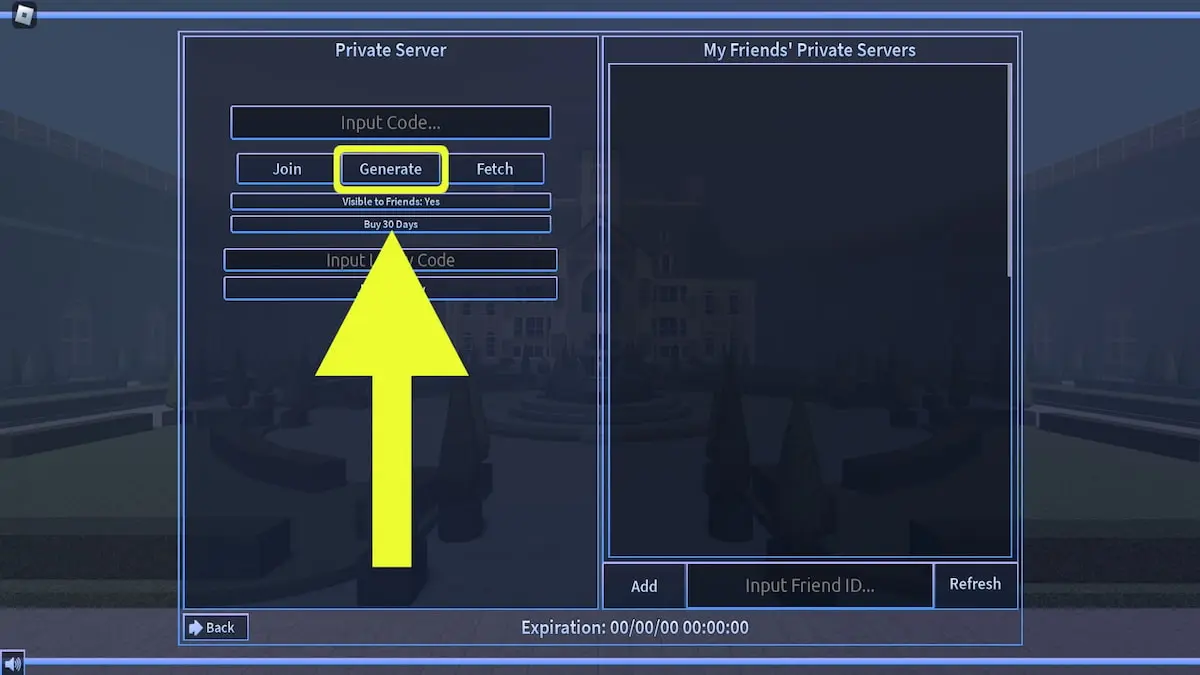Shopping can be fun, exciting, and even therapeutic—until it becomes a problem. For some, shopping turns into an addiction that can lead to financial strain and emotional distress. If you find yourself constantly buying things you don’t need, often without thinking, you might be dealing with a shopping addiction. The good news is that, like any addiction, it’s possible to overcome it with the right strategies and support.
One option to consider if your shopping habits have led to significant debt is a debt relief program. These programs can help you manage your debt while you work on breaking the cycle of compulsive spending.
Understanding Shopping Addiction: Know Your Triggers
Before you can tackle a shopping addiction, it’s important to understand what’s driving it. Shopping addiction isn’t just about loving a good sale—it’s often tied to emotional needs. For many people, shopping is a way to cope with stress, loneliness, boredom, or even low self-esteem. The rush of buying something new can temporarily boost your mood, but it’s a fleeting fix that can leave you feeling worse once the bills start piling up.
To break the cycle, start by identifying your triggers. Do you tend to shop when you’re feeling down? Do certain situations or emotions push you to hit the mall or browse online stores? By pinpointing these triggers, you can begin to address the underlying issues and find healthier ways to cope.
Practical Steps to Regain Control
Breaking a shopping addiction isn’t easy, but with some practical steps, you can start to regain control over your spending habits. Here are some strategies to help you get started:
- Set Clear Goals and Limits
One of the first steps in breaking a shopping addiction is setting clear financial goals. Whether it’s saving for a big purchase, paying off debt, or simply building an emergency fund, having a goal in mind can help you stay focused and motivated. Alongside this, set strict spending limits. Decide how much you can afford to spend each month on non-essential items and stick to that budget.
- Create a Shopping List—and Stick to It
Impulse buying is a big part of shopping addiction. To combat this, make a habit of creating a shopping list before you go to the store or shop online. This list should include only the items you genuinely need. Once you’re shopping, stick to the list and avoid browsing for anything else. This simple practice can help you avoid unnecessary purchases and keep your spending in check.
- Find Healthier Ways to Cope
Since shopping addiction is often linked to emotional needs, it’s important to find healthier ways to cope with your emotions. This could mean picking up a new hobby, engaging in regular exercise, practicing mindfulness, or even talking to a therapist. The key is to find activities that make you feel good without the need to spend money.
- Avoid Temptation
It’s hard to resist the urge to shop if you’re constantly surrounded by temptation. Take steps to avoid your usual shopping triggers. This might mean unsubscribing from marketing emails, unfollowing brands on social media, or finding new places to spend your free time that don’t involve shopping. If you typically shop online, consider deleting shopping apps from your phone or blocking certain websites.
- Practice Mindful Spending
Mindful spending involves being fully aware of your financial decisions and their impact on your life. Before making a purchase, ask yourself whether you truly need the item and how it fits into your overall financial goals. Consider waiting 24 hours before buying something—this cooling-off period can help you determine whether the purchase is necessary or just an impulse.
- Seek Support
Breaking a shopping addiction can be challenging, especially if you’re trying to do it alone. Don’t hesitate to seek support from friends, family, or a professional. Joining a support group or working with a financial advisor can also provide you with the tools and encouragement you need to stay on track.
Tackling Debt from Shopping Addiction
If your shopping addiction has already led to significant debt, addressing that debt is a crucial part of your recovery. This is where a debt relief program can be incredibly helpful. These programs are designed to help you reduce or manage your debt through methods like debt consolidation, negotiation with creditors, or creating a structured repayment plan. By tackling your debt head-on, you can relieve some of the financial pressure and create a clearer path to breaking free from your addiction.
Building Healthier Spending Habits
As you work to overcome your shopping addiction, it’s important to focus on building healthier spending habits for the long term. This doesn’t mean you can never enjoy shopping again—it’s about learning to do it in a way that’s intentional and within your means.
- Budgeting and Planning
A solid budget is one of the best tools for managing your spending. By creating a detailed budget that accounts for all your expenses, including discretionary spending, you can ensure that you’re living within your means. Use this budget as a guide to make sure your spending aligns with your financial goals.
- Prioritize Needs Over Wants
It’s easy to justify purchases by convincing yourself that you need something when, in reality, it’s just a want. Learning to prioritize your spending on needs—like bills, groceries, and savings—over wants can help you avoid falling back into old habits. Before making a purchase, consider whether it’s essential or just something you want in the moment.
- Celebrate Progress
Breaking a shopping addiction is a journey, and it’s important to celebrate your progress along the way. Whether it’s successfully sticking to your budget for a month or resisting the urge to shop when you’re feeling down, take time to acknowledge your achievements. Rewarding yourself in small, non-monetary ways can keep you motivated and remind you of how far you’ve come.
Conclusion: Taking Control of Your Financial Future
Overcoming a shopping addiction is no small feat, but with determination, support, and the right strategies, it’s entirely possible. By understanding your triggers, setting clear goals, and finding healthier ways to cope, you can break the cycle of compulsive spending and take control of your financial future.
If debt is already a concern, a Debt Relief Program can provide the structure and assistance you need to get back on track. Remember, the goal isn’t just to stop shopping—it’s to build a healthier relationship with money that will serve you well for the rest of your life. With patience and perseverance, you can regain control over your finances and enjoy a more balanced, fulfilling life.








